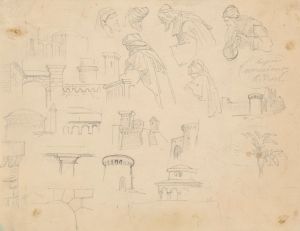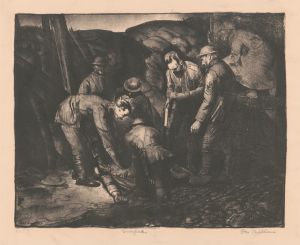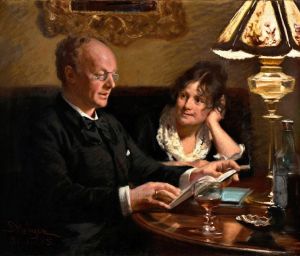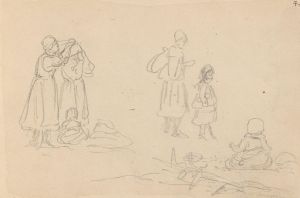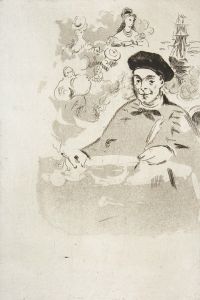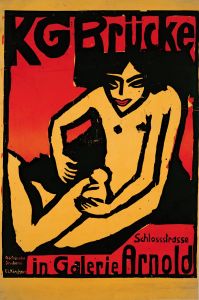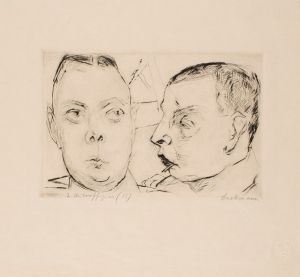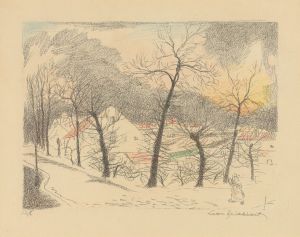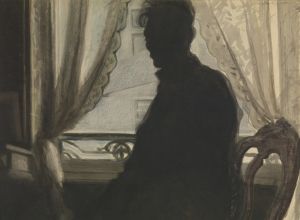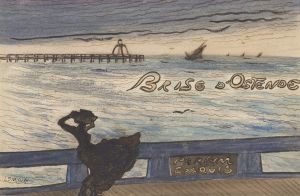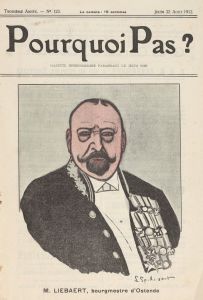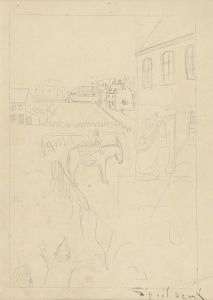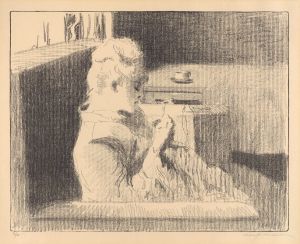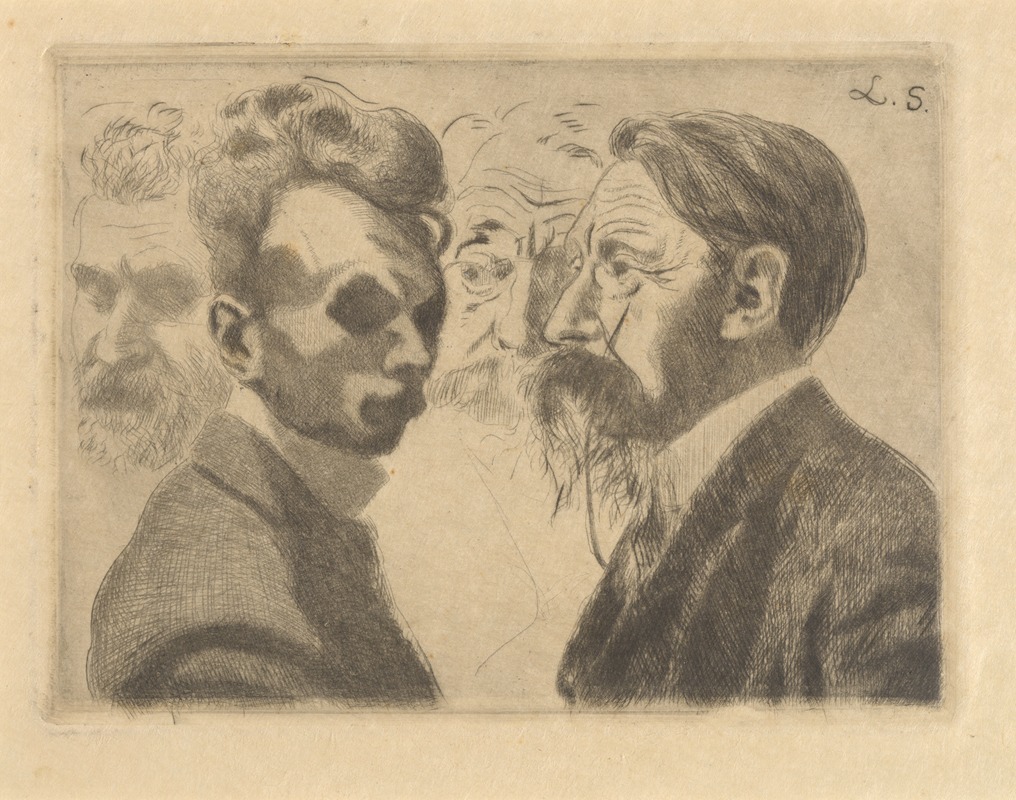
Zelfportret, dubbelportret van Emile Verhaeren en portret van Edmond Deman
A hand-painted replica of Léon Spilliaert’s masterpiece Zelfportret, dubbelportret van Emile Verhaeren en portret van Edmond Deman, meticulously crafted by professional artists to capture the true essence of the original. Each piece is created with museum-quality canvas and rare mineral pigments, carefully painted by experienced artists with delicate brushstrokes and rich, layered colors to perfectly recreate the texture of the original artwork. Unlike machine-printed reproductions, this hand-painted version brings the painting to life, infused with the artist’s emotions and skill in every stroke. Whether for personal collection or home decoration, it instantly elevates the artistic atmosphere of any space.
Léon Spilliaert, a Belgian symbolist painter, created the artwork titled Zelfportret, dubbelportret van Emile Verhaeren en portret van Edmond Deman. This painting reflects Spilliaert's distinctive style, characterized by introspection, a subdued color palette, and an often haunting atmosphere. The title of the work translates to "Self-Portrait, Double Portrait of Emile Verhaeren, and Portrait of Edmond Deman," indicating the inclusion of three figures: Spilliaert himself, the poet Emile Verhaeren, and the publisher Edmond Deman.
Emile Verhaeren (1855–1916) was a prominent Belgian poet associated with the Symbolist movement. His works often explored themes of modernity, industrialization, and human emotion. Verhaeren was a significant cultural figure in Belgium and had a close relationship with Spilliaert, who admired his literary contributions. Edmond Deman, on the other hand, was a publisher known for his collaborations with Symbolist writers and artists. He played a crucial role in promoting the works of Verhaeren and other contemporaries, fostering the development of Symbolism in Belgium.
Spilliaert's connection to both Verhaeren and Deman is evident in this artwork. The painting likely serves as a tribute to their intellectual and artistic camaraderie. Spilliaert often explored themes of identity and existential reflection in his self-portraits, and this work may also reflect his personal engagement with the cultural milieu of his time.
The painting itself is executed in Spilliaert's signature style, which often combines elements of Symbolism and Expressionism. His use of muted tones and stark contrasts creates a sense of depth and moodiness, drawing the viewer into the psychological dimensions of the portrayed figures. Spilliaert's works frequently convey a sense of solitude and introspection, and this piece is no exception.
While specific details about the creation date or the current location of this painting are not readily available, it remains an important example of Spilliaert's ability to capture the essence of his subjects and his connections to the broader Symbolist movement. The artwork highlights the interplay between literature, art, and publishing in early 20th-century Belgium, showcasing the collaborative spirit of the era's cultural figures.





